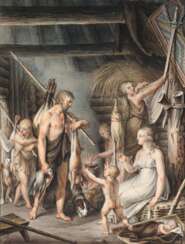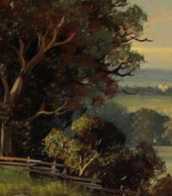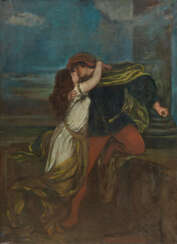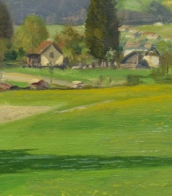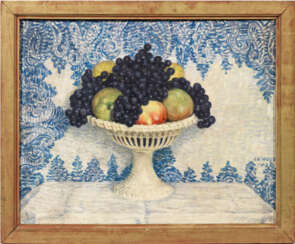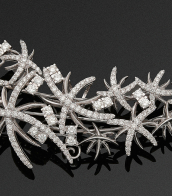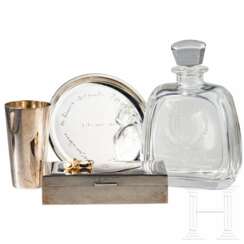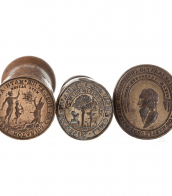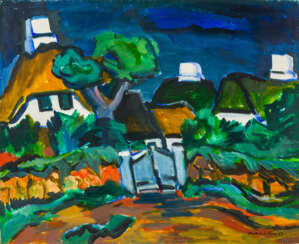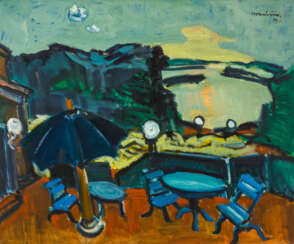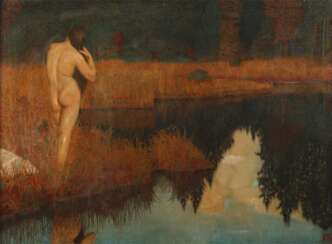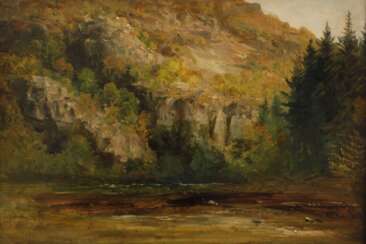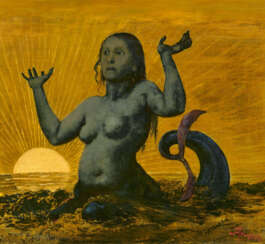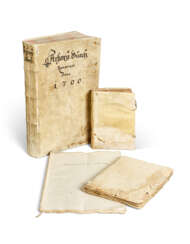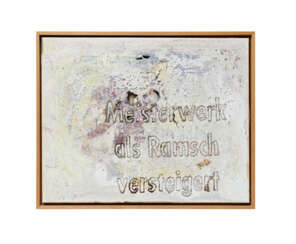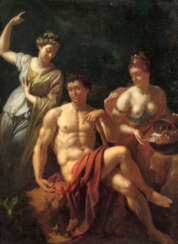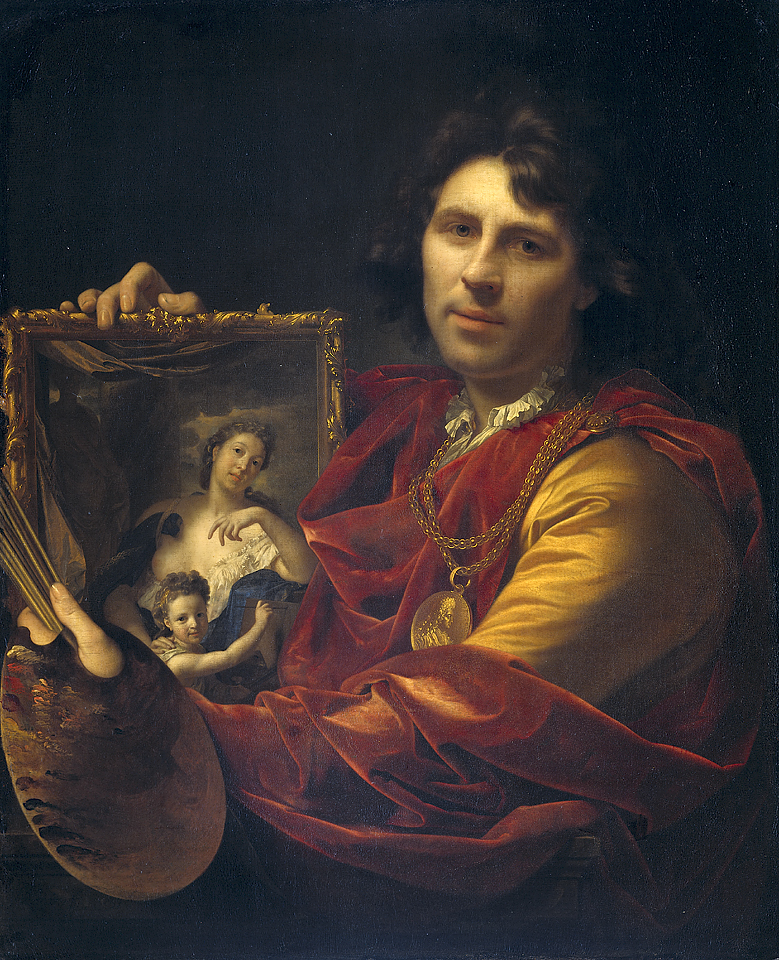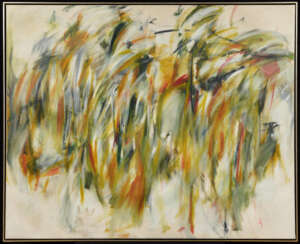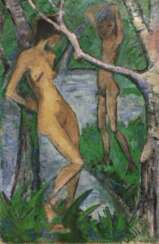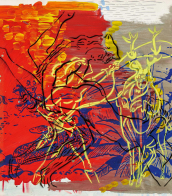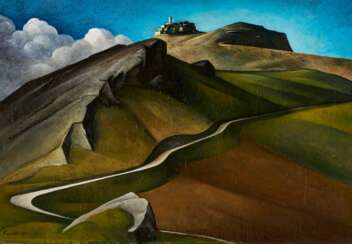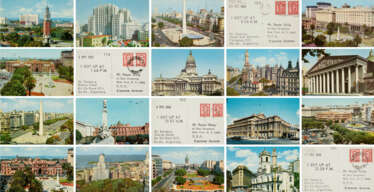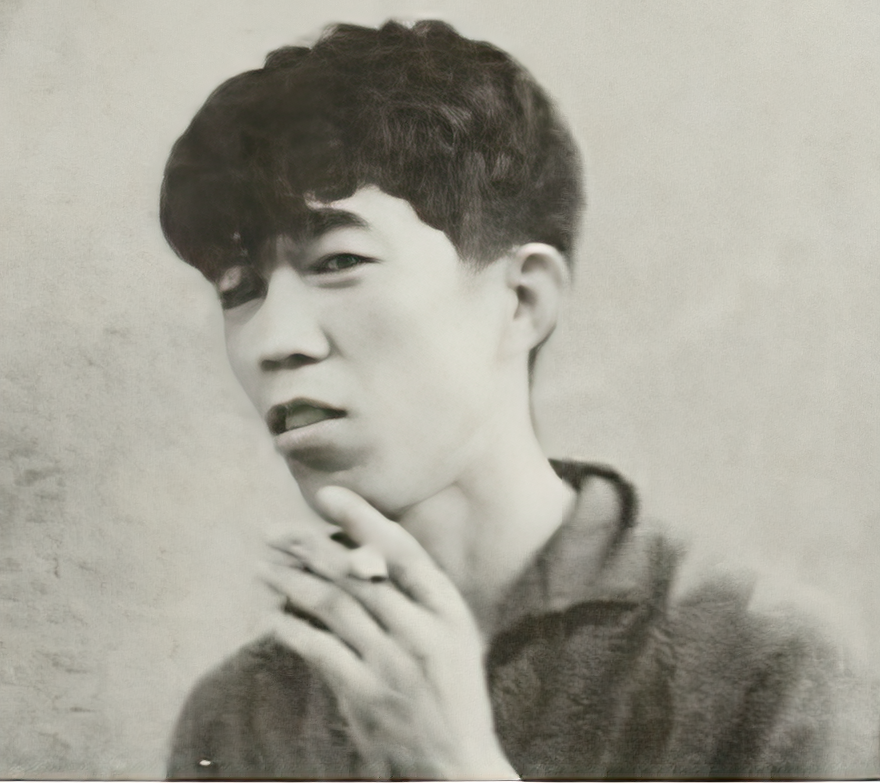periode von karl x.
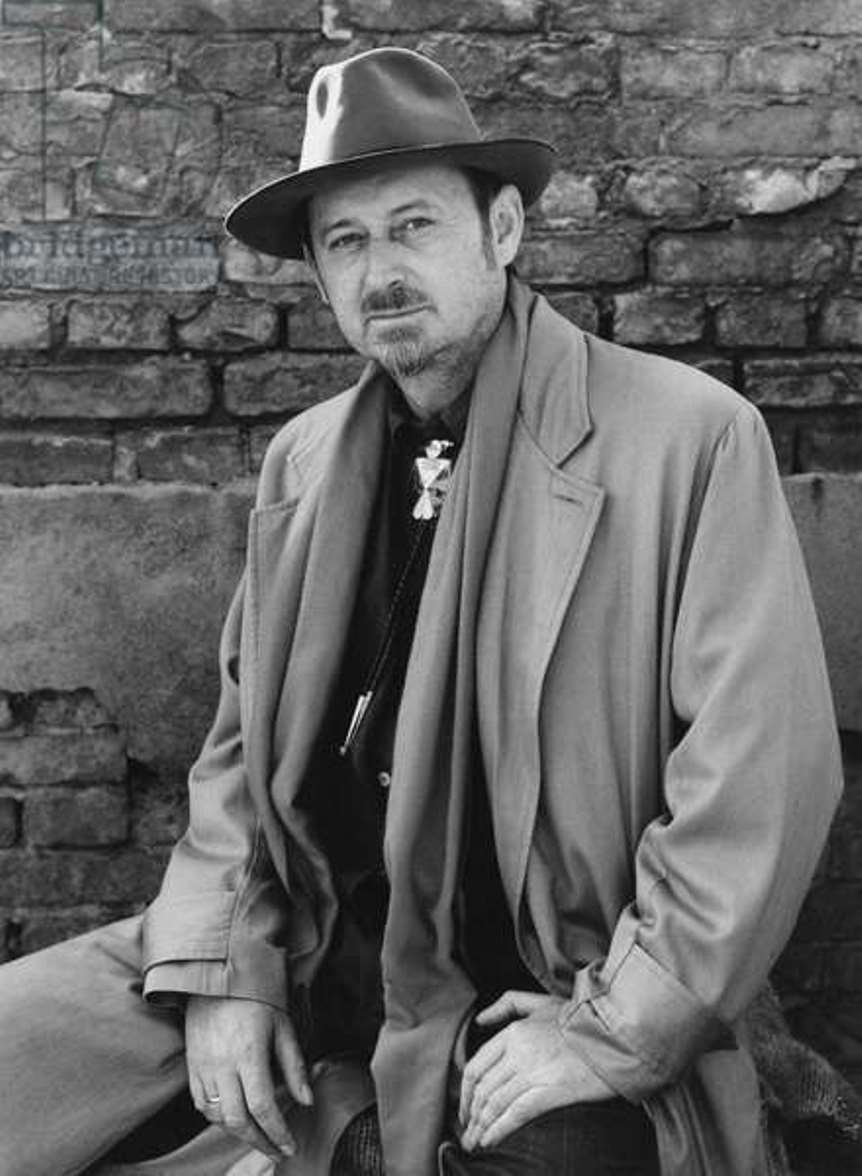
Karl Horst Hödicke is a German artist, a pioneer of German Neo-Expressionism and new figuration, and one of the most important representatives of German post-war painting.
After moving to Berlin in 1957, Hödicke encountered the eventful history of Berlin - the construction of the Berlin Wall, the Cold War, and reunification - and reflected it in his paintings.

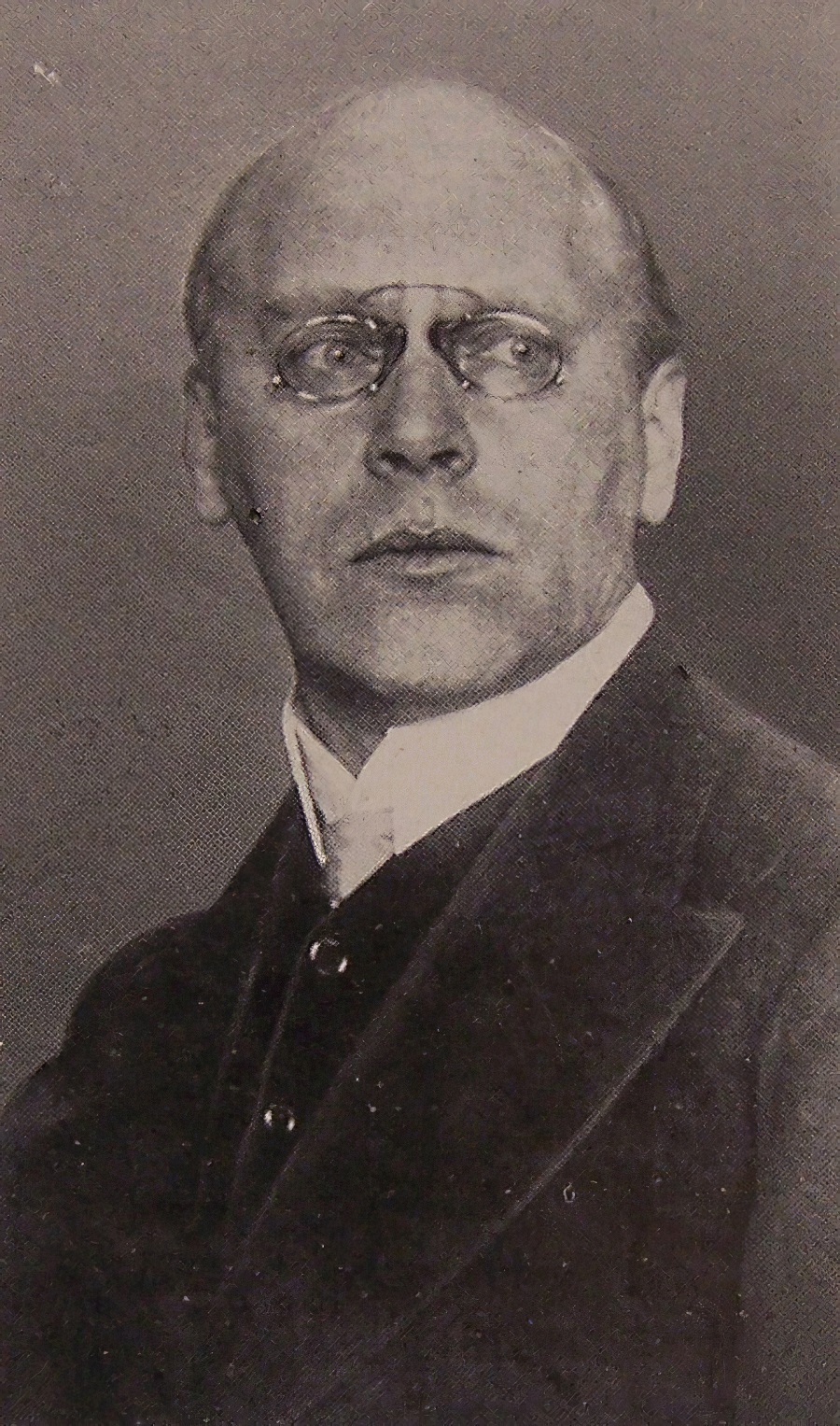
Ludwig von Hofmann is a German painter, graphic artist and designer. The influence of Historicism, Art Nouveau, Symbolism and New Realism can be felt in the works of Ludwig von Hofmann at different periods of his art.
Ludwig von Hoffmann studied painting at the academies of fine arts in Dresden, Karlsruhe and Munich. Since 1898 he was a member of the cultural movement Berlin Secession.
After the National Socialists came to power in Germany, some of his works were classified as degenerate art, but most of them continued to be exhibited in museums in Germany.

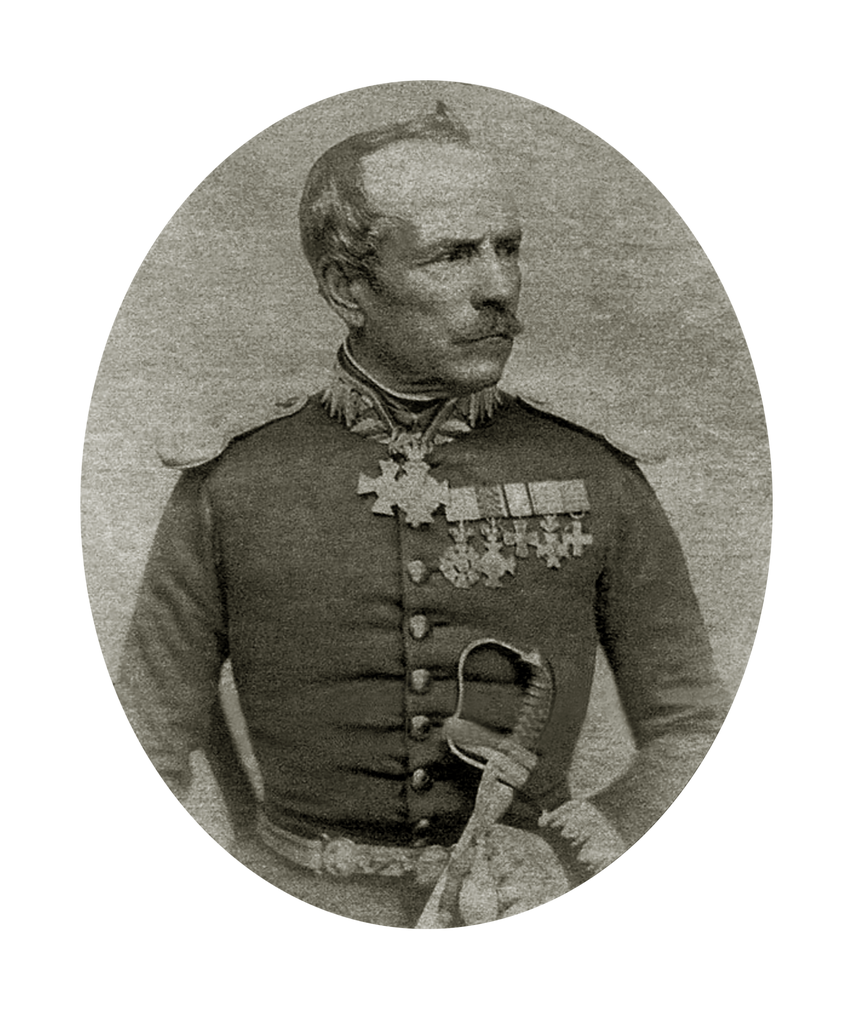
Karl August Krazeisen was a German (Bavarian) officer and amateur artist of the first half of the 19th century. He is known as a graphic artist who depicted the heroes of the Greek War of Independence of 1821-1829.
Krazeisen, as a lieutenant in the Bavarian army, was sent to help the Greek rebels in 1826. In Greece, he used his artistic skills to create portraits of war heroes, sketches of camps, costumes, uniforms, and battle plans. After returning to Munich, he published his Greek album, which became an endorsement of the Philhellenic movement. Krazeisen earned the Order of the Savior from Greece for preserving images of war heroes in his work.

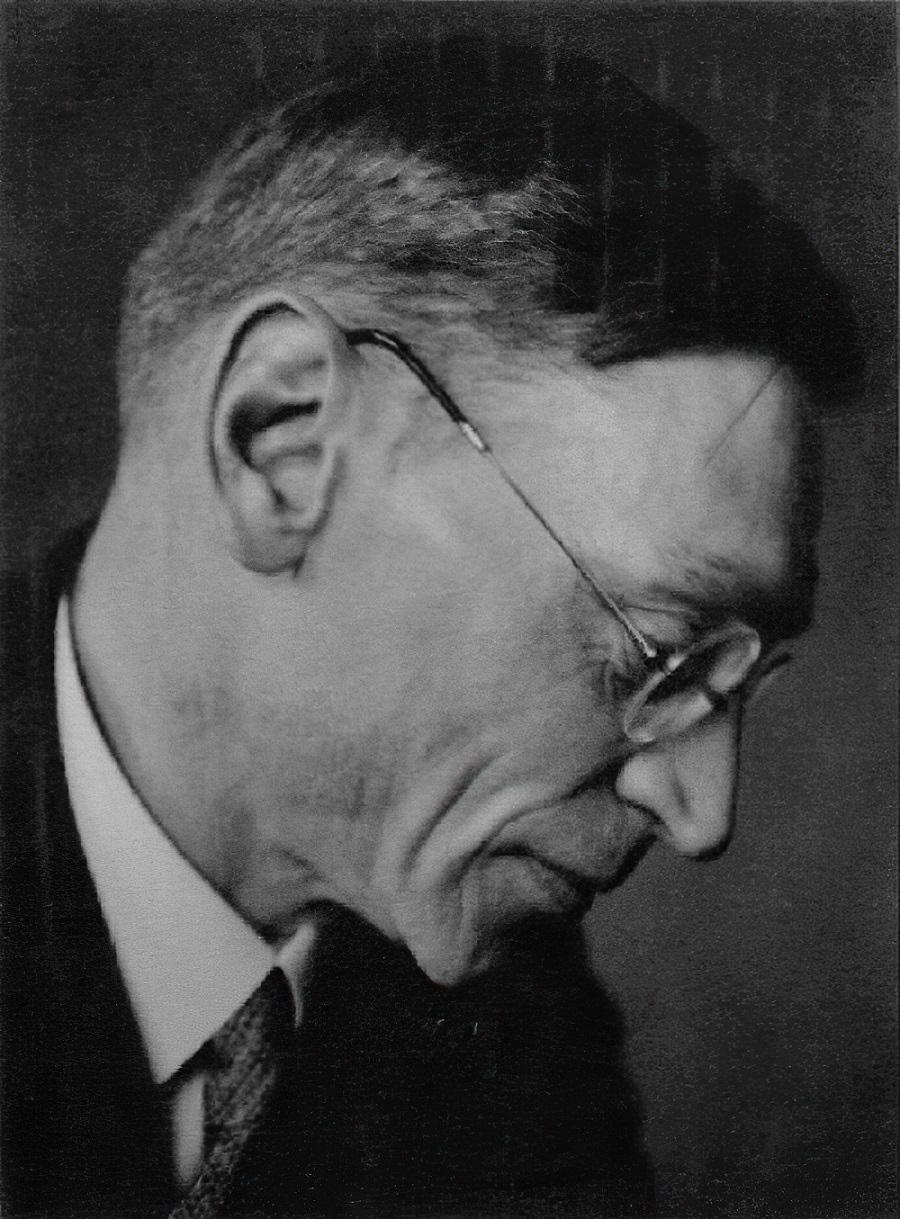
Otto Ritschl was a main representative of abstract art in Germany.

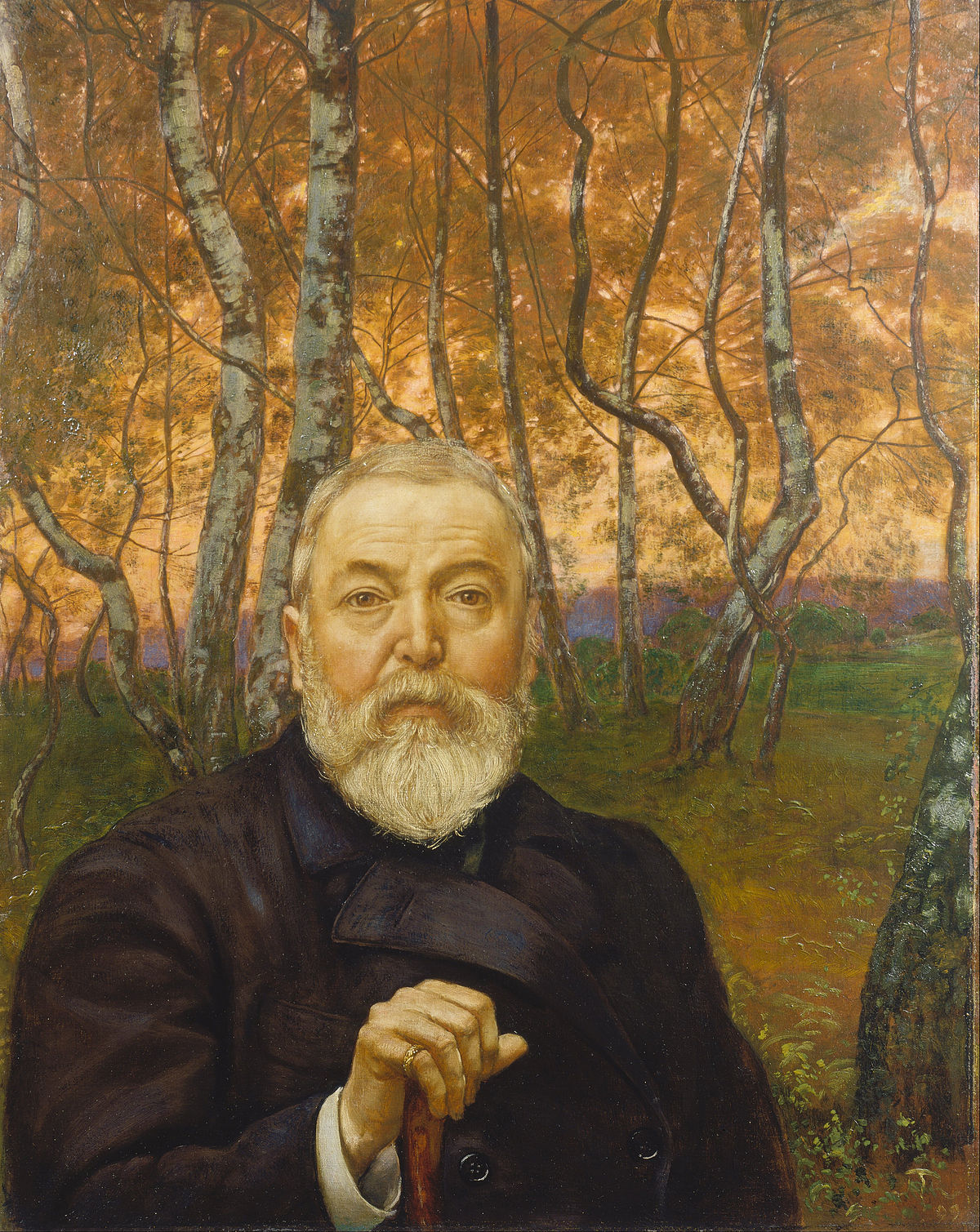
Hans Thoma was a German painter.
In spite of his studies under various masters, his art has little in common with modern ideas, and is formed partly by his early impressions of the simple idyllic life of his native district, partly by his sympathy with the early German masters, particularly with Albrecht Altdorfer and Lucas Cranach the Elder. In his love of the details of nature, in his precise drawing of outline, and in his predilection for local coloring, he has distinct affinities with the Pre-Raphaelites.

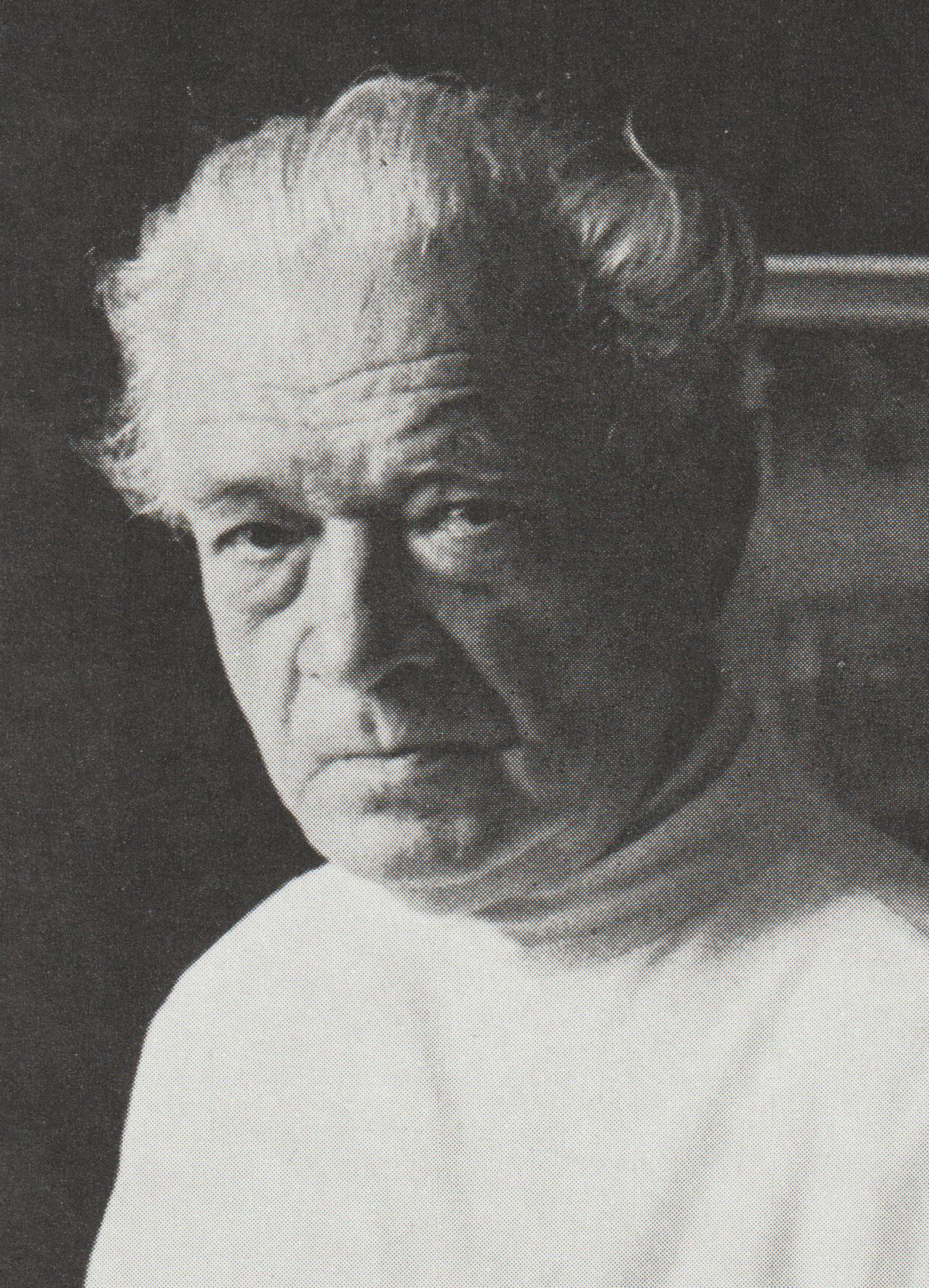
Ernst Mollenhauer was a German Expressionist landscape painter.


Hans Thoma was a German painter.
In spite of his studies under various masters, his art has little in common with modern ideas, and is formed partly by his early impressions of the simple idyllic life of his native district, partly by his sympathy with the early German masters, particularly with Albrecht Altdorfer and Lucas Cranach the Elder. In his love of the details of nature, in his precise drawing of outline, and in his predilection for local coloring, he has distinct affinities with the Pre-Raphaelites.


Sigmar Polke was a German painter and photographer.
Polke experimented with a wide range of styles, subject matters and materials. In the 1970s, he concentrated on photography, returning to paint in the 1980s, when he produced abstract works created by chance through chemical reactions between paint and other products. In the last 20 years of his life, he produced paintings focused on historical events and perceptions of them.

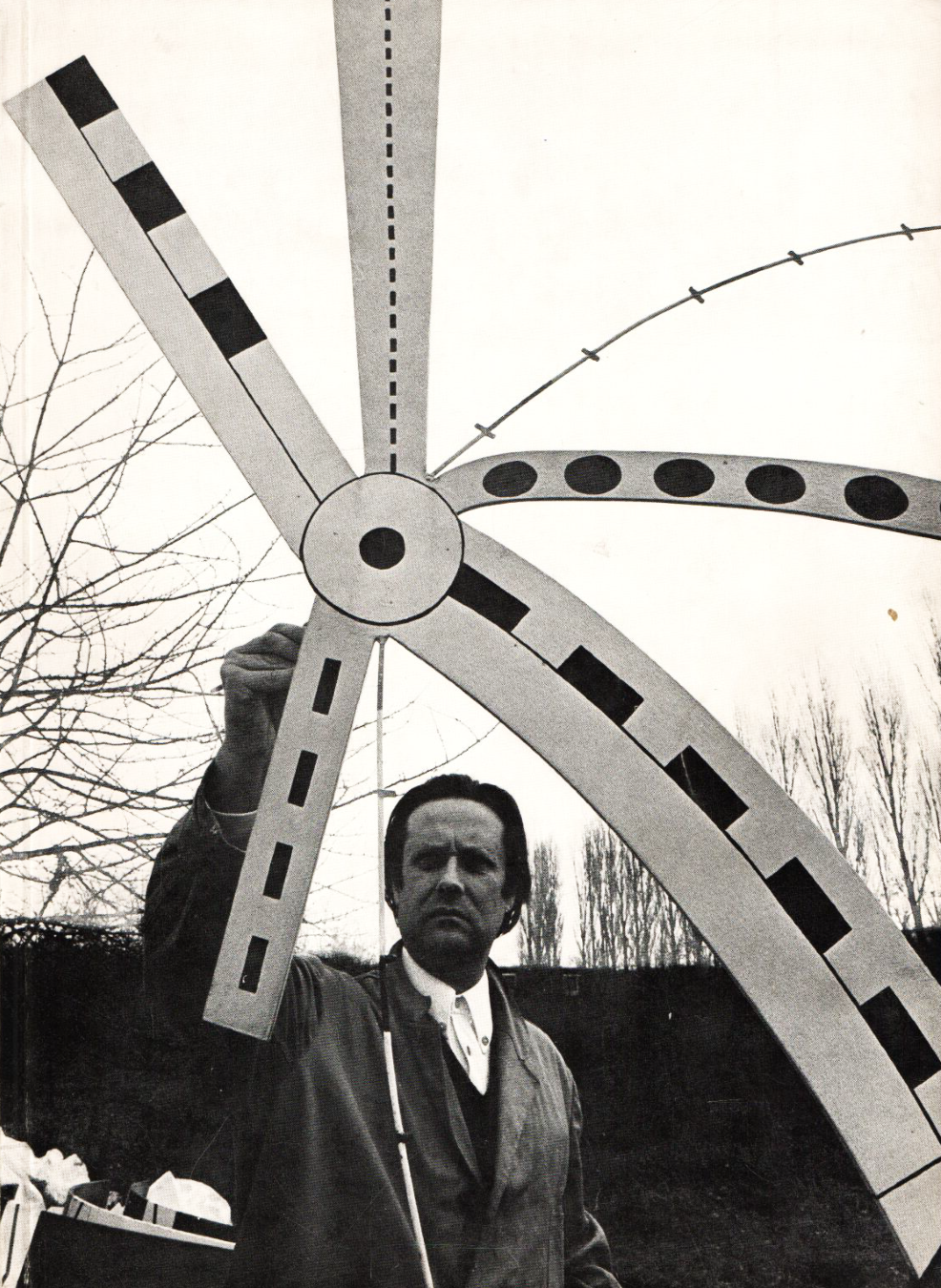
Peter Brüning was an internationally renowned German modernist painter and sculptor. His works of the 1950s can be classified as Informel.


Walter Dexel was a German painter, commercial graphic designer, and transportation planner. He also functioned as an art historian and directed a museum in Braunschweig during the Second World War.

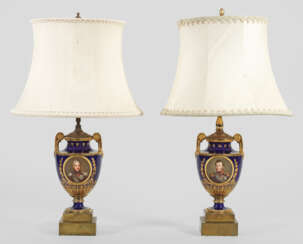

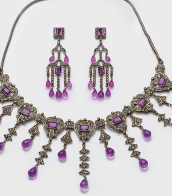
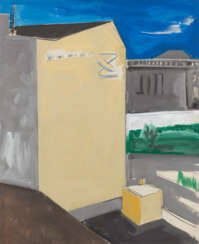

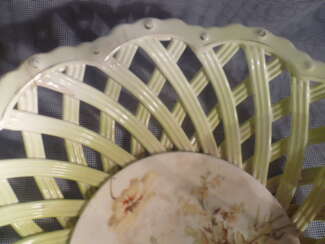


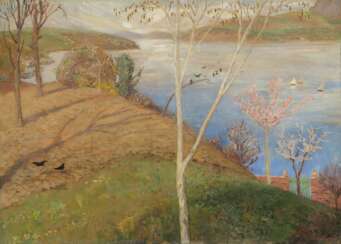

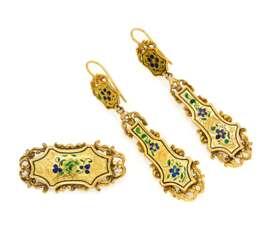


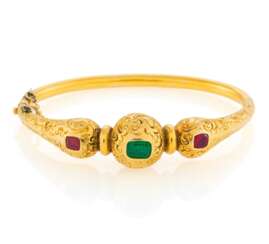

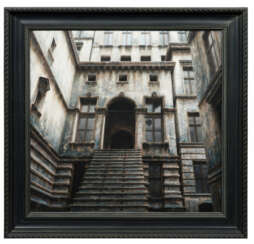

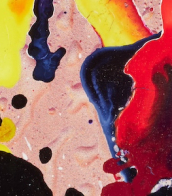
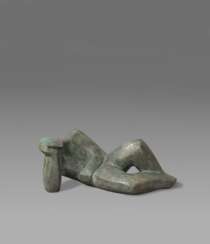




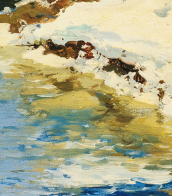
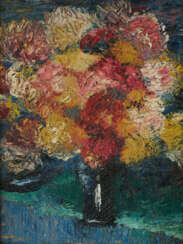

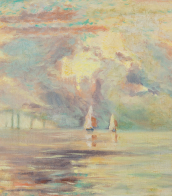
![[Bildnisse augezeichneter Griechen und Philhellenen, Munich], 1828-1831](/assets/image/picture_3108853/f46d0/qy7ibffdljbe47t4tezszfojuwgsifo1id35zzyhau-zqxg61pjmus5y4hugso-1694156962jpg__fix_374_244.jpeg)
![[Bildnisse augezeichneter Griechen und Philhellenen, Munich], 1828-1831](https://veryimportantlot.com/assets/image/picture_3108853/f46d0/qy7ibffdljbe47t4tezszfojuwgsifo1id35zzyhau-zqxg61pjmus5y4hugso-1694156962jpg__fix_374_244.jpeg)


